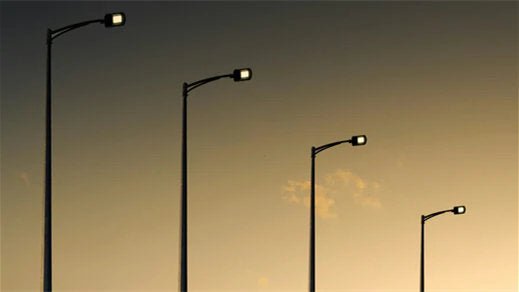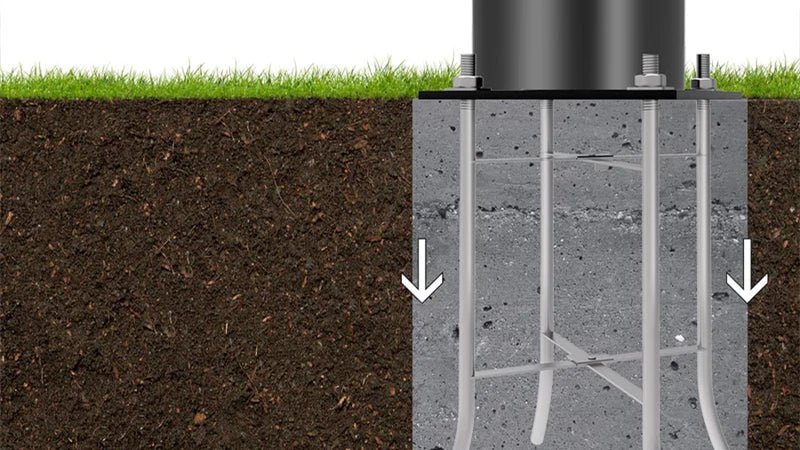Properly anchoring light poles is crucial for ensuring their stability and longevity. Among the various factors to consider, one of the most important is determining the appropriate depth for installing light poles. In this comprehensive guide, we will delve into the considerations involved in determining the ideal depth for light pole installation, exploring various factors such as soil type, environmental conditions, and industry standards.
Understanding the Importance of Depth
The depth at which a light pole is installed plays a critical role in its stability, especially in areas prone to high winds, soil erosion, or other environmental factors. A shallow installation may lead to instability, posing safety risks to pedestrians and motorists, while an excessively deep installation may incur unnecessary costs and effort. Thus, striking the right balance is essential for optimal performance and longevity.
Factors Influencing Depth Requirements
1. Soil Type and Condition
- Clayey Soil: Dense and compacted clayey soil requires deeper installations to ensure adequate stability. Clay soils have low permeability, which can lead to water retention and swelling, necessitating deeper anchoring to counteract potential uplift forces.
- Sandy Soil: Loose and porous sandy soil may require deeper installations to compensate for its low load-bearing capacity. Sandy soils are prone to settling and erosion, especially in areas with high groundwater levels or frequent rainfall, necessitating deeper anchoring to maintain stability.
- Rocky Soil: Rocky terrain presents challenges for excavation and anchoring, often requiring specialized equipment and techniques to penetrate the hard ground. The depth of installation in rocky soil depends on the density and stability of the rock formations, with deeper installations typically needed for greater stability.
2. Environmental Conditions
- Wind Speed and Exposure: Areas prone to high winds require deeper installations to withstand lateral forces and prevent toppling. Wind speed, directionality, and exposure to gusts or prevailing winds should be considered when determining depth requirements.
- Seismic Activity: Regions with seismic activity or potential for ground movement may require deeper installations to ensure stability during earthquakes or tremors. Deep foundations can help mitigate the effects of soil liquefaction and ground displacement.
- Frost Depth: Frost-susceptible soils undergo expansion and contraction during freeze-thaw cycles, potentially causing upheaval or settlement of light poles. Installing poles below the frost line helps prevent frost heave and maintains stability throughout the changing seasons.
3. Pole Height and Design
- Taller Poles: Light poles with greater height impose increased leverage and bending moments, requiring deeper foundations to counteract the resulting forces. Taller poles may also experience greater wind loading, necessitating deeper anchoring to resist overturning.
- Heavy Fixtures and Accessories: Poles supporting heavy luminaires or accessories such as banner arms, traffic signals, or surveillance cameras require deeper installations to accommodate the additional weight and ensure stability. The combined weight of fixtures and accessories should be factored into depth calculations.
4. Soil Moisture Content
- High Moisture Levels: Soils with high moisture content, whether from natural groundwater or surface water runoff, can reduce bearing capacity and increase the risk of settlement or instability. Deeper installations may be required in areas prone to waterlogging or saturation to ensure adequate support and prevent soil liquefaction.
5. Future Maintenance Considerations
Accessibility for Maintenance: Deep installations should consider accessibility for future maintenance and repairs. Adequate clearance and space around the base of the pole allow for inspection, servicing, and replacement of components without compromising stability or safety.
Installation Process
1. Site Preparation
Before installation, the site should be carefully assessed to identify any potential obstacles or underground utilities that may affect the installation process. Soil testing should be conducted to determine soil composition and load-bearing capacity.
2. Excavation
Once the site is prepared, excavation can begin. The depth of the excavation should be based on the determined depth requirements, taking into account factors such as soil type, pole height, and environmental conditions.
3. Installation
After excavation, the light pole is carefully positioned in the hole, ensuring proper alignment and stability. Backfill material, such as concrete or compacted gravel, is then used to secure the pole in place and provide additional stability.
4. Inspection and Testing
Following installation, a thorough inspection should be conducted to ensure that the pole is securely anchored and meets all safety requirements. Load testing may also be performed to verify the pole's stability under anticipated wind loads and other environmental conditions.
Conclusion
Determining the appropriate depth for light pole installation is a critical aspect of ensuring stability and safety. By considering factors such as soil type, environmental conditions, and industry standards, installers can make informed decisions to achieve optimal performance and longevity. Through careful planning, meticulous execution, and adherence to safety guidelines, light pole installations can effectively illuminate and enhance the safety of outdoor spaces.


































Leave a comment
This site is protected by hCaptcha and the hCaptcha Privacy Policy and Terms of Service apply.